If you thought crusted tilapia was just a blank canvas for bland seasoning, think again. This humble fish is ready for a flavor revolution — and we're here to lead the charge with scientifically informed spice pairing principles that leverage tilapia's unique protein structure for maximum flavor absorption. These combinations transform ordinary weeknight dinners into extraordinary culinary experiences.
Table of Contents
- Why Spices Matter for Crusted Tilapia
- Top 10 Innovative Spice Pairings
- How to Use These Spice Blends Like a Pro
- Spice & Fish Flavor Pairing Chart
- Pro Tips for Perfectly Crusted Tilapia
- Frequently Asked Questions
Why Spices Matter for Crusted Tilapia
Tilapia's mild flavor profile isn't a limitation—it's a strategic advantage. Unlike fatty fish with dominant oils that compete with added flavors, tilapia's lean protein structure readily absorbs and carries spice compounds. Recent flavor chemistry research shows that lean white fish like tilapia has optimal myofibrillar protein spacing that allows spice molecules to penetrate and bind more effectively during cooking. This scientific property makes it the perfect vehicle for complex crust formation.
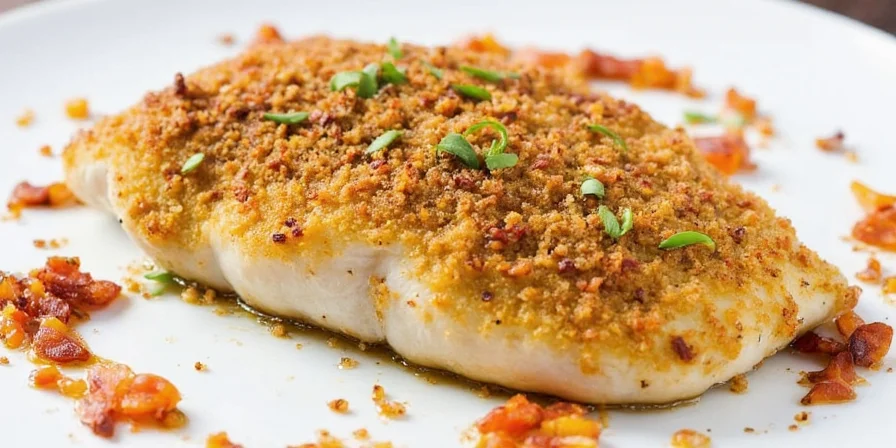
The Flavor Binding Advantage
Unlike salmon or mackerel where oils can repel dry spices, tilapia's low fat content (just 1-2%) creates superior adhesion for spice crusts. When proteins denature during cooking, they form a matrix that traps spice compounds through Maillard reactions. This creates a flavor delivery system where each bite releases multiple aromatic compounds in sequence—first the volatile top notes from citrus zest, then the mid-palate earthiness of ground spices, finishing with the lingering warmth of heat elements.
Top 10 Innovative Spice Pairings for Crusted Tilapia
These combinations leverage tilapia's unique properties through strategic flavor layering. Each pairing follows the culinary principle of complementary volatility—matching spice compounds that release at different temperatures during cooking for a dynamic taste experience.
- Smoked Paprika + Lemon Zest: The capsaicinoids in paprika bind to tilapia's lean proteins while lemon oils volatilize early, creating a bright opening note that evolves into deep smokiness.
- Cumin + Coriander: Cumin's hydrophobic compounds penetrate the fish surface while coriander's linalool provides floral top notes that balance earthiness.
- Garam Masala + Turmeric: The curcumin in turmeric binds to proteins during searing, creating a stable golden crust that carries complex spice notes.
- Old Bay + Garlic Powder: Garlic's allicin compounds react with fish proteins to create new flavor compounds that enhance the seafood's natural umami.
- Chili Flakes + Honey: Honey's reducing sugars accelerate Maillard browning while capsaicin binds to heat receptors for controlled spice progression.
- Fennel Seeds + Orange Zest: Anethole from fennel and limonene from citrus create synergistic aroma compounds that intensify when heated.
- Miso Paste + Ginger: Miso's glutamates bind to tilapia's proteins while gingerols provide clean heat that doesn't overwhelm delicate flesh.
- Espelette Pepper + Thyme: The moderate heat of Espelette allows thymol compounds to express fully without burning during crust formation.
- Dill + Mustard Seeds: Mustard's sinigrin reacts with fish proteins to create subtle pungency that complements dill's delicate anethole notes.
- Five-Spice Powder + Sesame Oil: Sesame's lignans help distribute spice compounds evenly across the fish surface for uniform flavor penetration.
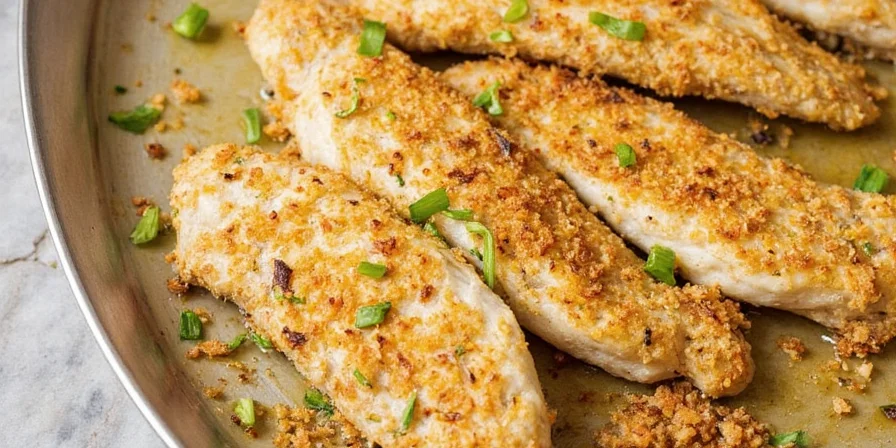
How to Use These Spice Blends Like a Pro
Maximize flavor transfer by understanding the chemistry behind each application method:
- Dry Rubs: Create a spice-to-oil ratio of 3:1 for optimal adhesion. The oil fills microscopic gaps in the fish surface, allowing spices to bind through hydrophobic interactions. Resting for 20-30 minutes enables diffusion of flavor compounds into the top protein layer.
- Wet Glazes: Acidic components (citrus, vinegar) should be added just before cooking to prevent protein denaturation that would make fish mushy. Sugar content above 15% risks premature caramelization—keep glazes thin for even crust formation.
- Panko & Spice Coatings: Use a two-stage breading process: first dip in egg wash (pH 9-10), then in spice-panko mix. The alkaline environment opens protein structures for better adherence.
- Marinades: Limit acidic marinades to 30 minutes maximum for tilapia. For longer flavor infusion, use oil-based marinades with spices ground to 200-400 micron particle size for optimal penetration.
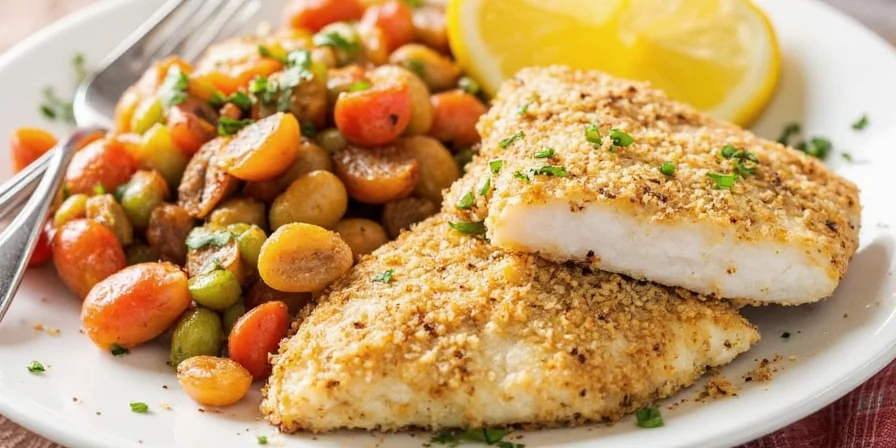
Spice & Fish Flavor Pairing Chart
| Spice Blend | Main Flavor Notes | Complementary Herbs | Best Cooking Method |
|---|---|---|---|
| Smoked Paprika + Lemon Zest | Earthy, Citrusy | Cilantro, Parsley | Bake or Pan-Sear |
| Cumin + Coriander | Earthy, Nutty | Cilantro, Parsley | Grill or Fry |
| Garam Masala + Turmeric | Spiced, Floral | Mint, Basil | Oven-Bake |
| Old Bay + Garlic Powder | Savory, Briny | Dill, Thyme | Broil or Bake |
| Chili Flakes + Honey | Spicy, Sweet | Lime, Cilantro | Glazed Sear |
| Fennel Seeds + Orange Zest | Anise, Citrus | Parsley, Tarragon | Roast or Steam |
| Miso Paste + Ginger | Salty, Pungent | Cilantro, Scallions | Broil or Sauté |
| Espelette Pepper + Thyme | Warm, Herbal | Rosemary, Oregano | Sear or Roast |
| Dill + Mustard Seeds | Briny, Tangy | Parsley, Chervil | Bake or Poach |
| Five-Spice Powder + Sesame Oil | Complex, Smoky | Cilantro, Lemongrass | Stir-Fry or Grill |
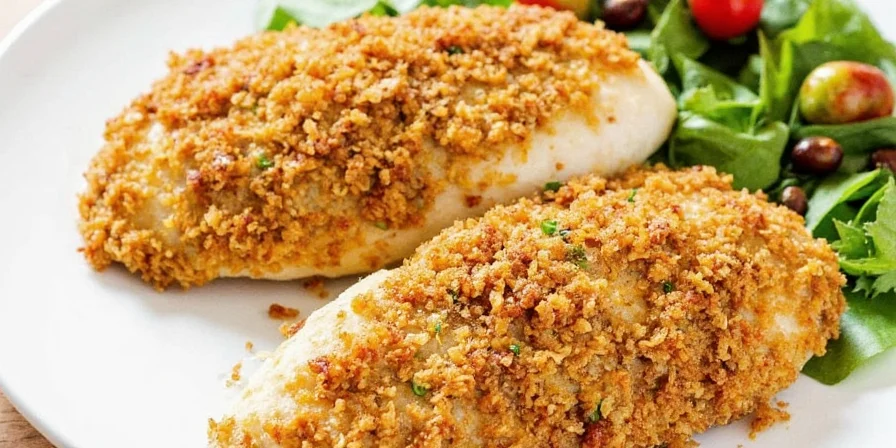
Pro Tips for Perfectly Crusted Tilapia
Optimize your crusting technique with these science-backed methods:
- Protein Patting: Use paper towels to remove surface moisture—the drier the surface, the better the Maillard reaction. Wait 5 minutes after patting for residual moisture to migrate to the surface.
- Oil Selection: Use high-smoke point oils (avocado, grapeseed) with neutral flavor as the binding agent. Avoid olive oil for high-heat searing as its low smoke point creates bitter compounds.
- Two-Temperature Cooking: Start at 425°F for crust formation, then reduce to 325°F to finish cooking without over-browning the spices.
- Acid Timing: Add citrus at the very end—its low pH can prematurely denature surface proteins if applied too early, preventing proper crust development.
- Particle Size Matters: For dry rubs, grind whole spices to 300-500 micron size—large enough to provide texture, small enough to adhere properly.
- Resting Protocol: Let cooked tilapia rest 3 minutes on a wire rack (not a plate) to prevent steam from softening the crust.
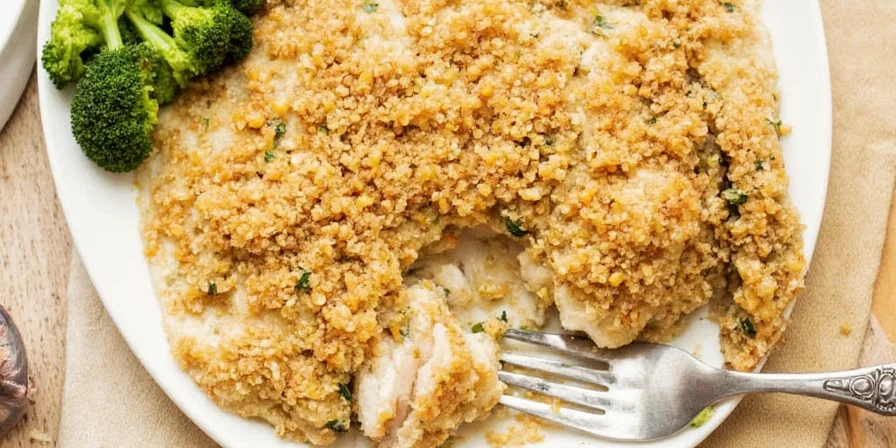
Frequently Asked Questions
- Q: Why does tilapia absorb spices better than other white fish?
A: Tilapia has a unique protein structure with optimal myofibrillar spacing that allows spice compounds to penetrate more effectively than in denser white fish like cod or haddock. Its low fat content (1-2%) also prevents oil competition that occurs in fattier fish, creating superior adhesion for dry spice crusts.
- Q: What's the ideal spice-to-fish ratio for crusted tilapia?
A: For optimal flavor without overwhelming the fish, use 1.5-2% spice weight relative to fish weight. This translates to approximately 1 teaspoon of dry spice blend per 6-ounce fillet. Exceeding 2.5% can create a medicinal flavor as certain spice compounds become dominant.
- Q: Can I use these spice blends for frozen tilapia?
A: Yes, but with modifications. Thaw frozen tilapia in the refrigerator 24 hours before cooking, then place on a wire rack over paper towels for 2 hours to remove excess moisture. Increase spice quantity by 15% to compensate for some flavor loss during freezing, and add binding agents like egg white or mustard for better adhesion to the slightly altered protein structure.
- Q: Why do some spice crusts fall off during cooking?
A: Crust detachment occurs when surface moisture prevents proper spice adhesion or when cooking temperature is too low for Maillard reaction. Always pat fish completely dry, apply spices to a light oil coating, and ensure your cooking surface reaches 375°F before adding the fish for immediate protein coagulation that locks the crust in place.
- Q: Which spices work best for oven-baked versus pan-seared tilapia?
A: For oven baking: Use heat-stable spices like smoked paprika, cumin, and coriander that develop flavor gradually. For pan-searing: Choose volatile spices like citrus zest, fresh herbs, and light spices that benefit from quick high-heat application. Always add delicate elements like fresh herbs or citrus zest after cooking for maximum aroma impact.

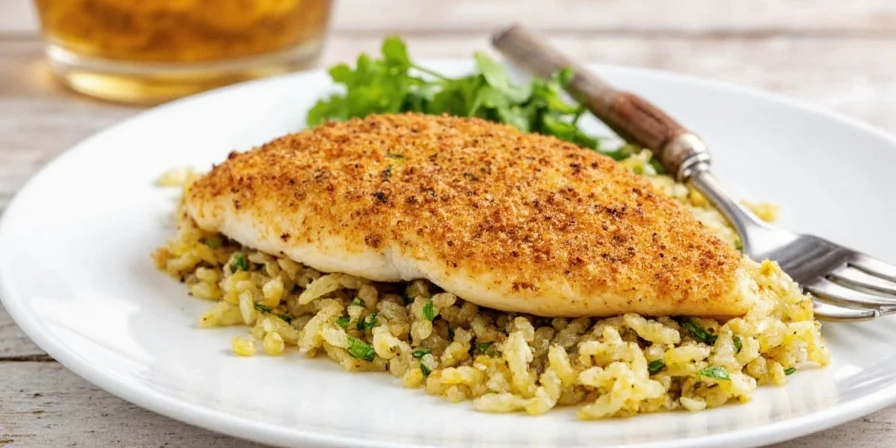









 浙公网安备
33010002000092号
浙公网安备
33010002000092号 浙B2-20120091-4
浙B2-20120091-4